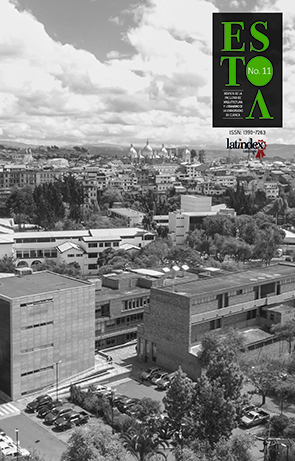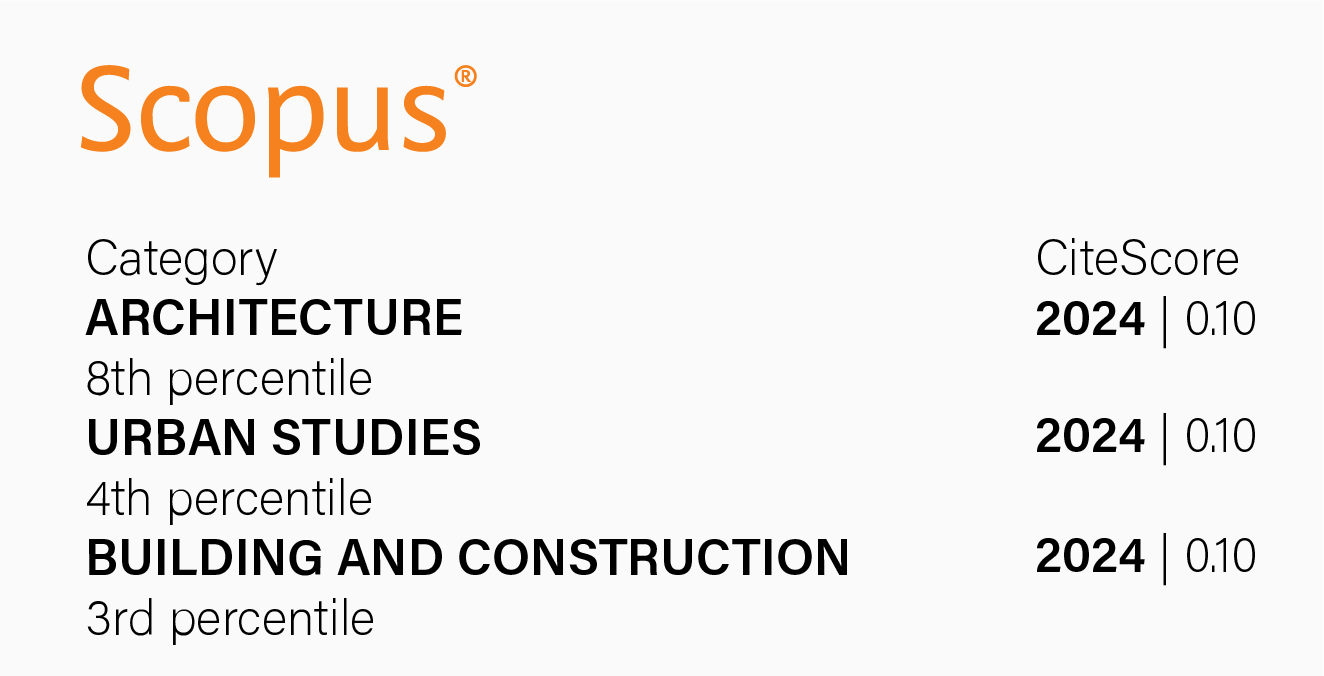The “Linear city” alternative to the unstoppable growth of the present city
DOI:
https://doi.org/10.18537/est.v006.n011.a05Abstract
The urban concentration has reached the limits of the present city. We can see nowadays its unstoppable growth, becoming, in some regions and countries, megalopolis that absorb up to 80% of its population. It is difficult to predict where the top of its growth will be, given that cities like Buenos Aires take in up to 14 million citizens. Back in 1882, an urbanistic proposal based on a linear growth got ahead the future, trying back then to blend both the rural and the urban life. The linear city would cut across the countryside, linking traditional cities between them and creating a net in the territory. Even though the references to the work of its inventor, Arturo Soria y Mata, are not explicit, his ideas have been taken into account in different urban developments during the last century, and we could nowadays bring them back to debate over the morphology of the present city. The linear city originates an alternative to the housing of all social classes.
Keywords: Linear City, Megacity, Urban morphology, Urban planning.Downloads
References
C.M.U. (1901). El problema de la locomoción en la Ciudad Lineal. La Ciudad Lineal, 1.
C.M.U. (1929). Asociación Internacional de Ciudades Lineales. La Ciudad Lineal (817), 397.
Caicedo Asprilla, H. (2011). El papel de los sistemas regionales de innovación en ciudades región globales. Cuadernos de Administración. Universidad del Valle, (45) 95-108.
CDS. Cadena de Suministro La impresión 3D. (17 de julio 2013) Recuperado de http://www.cadenadesuministro.es/noticias/la-impresion-3d-motor-del-cambio%C2%A0en-la-demanda-de-inmuebles-industriales-y-logisticos/
Choay, F. (1983). El Urbanismo. Utopías y Realidades. Barcelona: Lumen.
COM, C. d. (2002). La Gobernanza Europea. Un Libro Blanco. Bruselas.
Figueroa Salas, J. (2009 ). La C. lineal del centenario: Los cien años de la utopía lineal. Revista de Urbanismo. (20)
Gabriel, D. (1998). El Urbanismo de las Redes. Barcelona, España: oikos-Tau.
Gómez D, Gómez T, Gómez M. (2013). Salud, ambiente y territorio: una visión integrada en un mundo globalizado. ESTOA, (2), 7-19.
González del Castillo, H. (1911). Proyecto de ley de colonización y repoblación interior. La Ciudad Lineal (465).
González del Castillo, H. (1917). 23 Ejercicio Social. C.M.U., 31-34.
González del Castillo, H. (10 de Enero de 1920). Congreso Nacional de Ingeniería. Mi proyecto de Ciudad Lineal. (C.M.U., Ed.) R.C.L.(701), 438-441.
Le Corbusier. (1981). El Urbanismo de los Tres Establecimientos Humanos. Barcelona: Poseidón.
Maure, M. (1997). La C. Lineal: el nacimiento de una revista. Ciudad y territorio, (111), 11-29.
Milioutine, N. (2002). Sotsgorod. El problema de la construcción de las ciudades socialistas. Paris: Les Éditions de L´Imprimeur.
Prinson, G (2011). Urbanismo y gobernanza de las ciudades europeas. Valencia. PUV
Saskia, S. (1995). La Ciudad Global: Una introducción al concepto y su historia. Brown Journal of World Affairs, 11(2), 27-43.
Schwedler, Hanns-Uve (2011) Gobernanza urbana integrada. Metrópolis. 90
Sica, P. (1981). Historia del Urbanismo. s.XX. Mdrid: Instituto de Estudios de Administración Local.
Soria & Mata, A. (27 de febrero de 1882). Cosas de Madrid: La linea recta. El Progreso, p. 1.
Soria & Mata, A. (5 de marzo 1883). Cosas de Madrid: La cuestión social y la Ciudad Lineal. El Progreso, pp. 1-2.
Published
How to Cite
Issue
Section
License
Copyright (c) 2017 Estoa. Journal of the Architecture and Urbanism Faculty of the Cuenca University

This work is licensed under a Creative Commons Attribution-NonCommercial-ShareAlike 4.0 International License.
The Journal declines any responsibility for possible conflicts derived from the authorship of the works that are published in it.
The University of Cuenca in Ecuador conserves the patrimonial rights (copyright) of the published works and will favor the reuse of the same ones, these can be: copy, use, diffuse, transmit and expose publicly.
Unless otherwise indicated, all contents of the electronic edition are distributed under a Creative Commons Attribution-NonCommercial-ShareAlike 4.0 International License.




